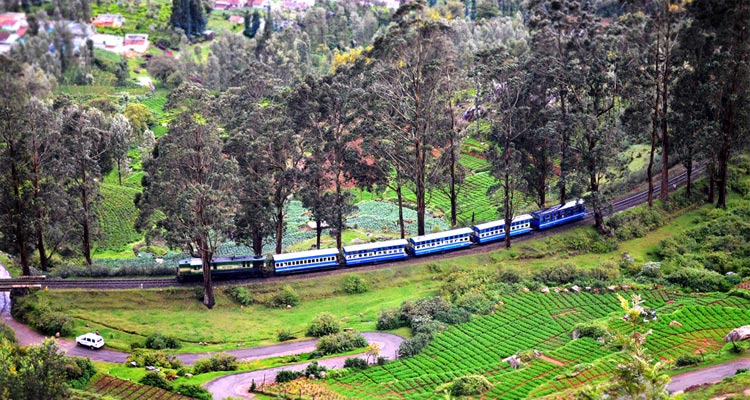HISTORY OF OOTY OR UDAGAMANDALAM
The history of Ooty, also known as Udhagamandalam, dates back to the early 19th century when it was discovered by the British. The area was originally inhabited by various indigenous tribes, including the Todas, Kotas, and Kurumbas. The British, who were looking for a summer retreat to escape the heat and humidity of the coastal plains, were attracted to the cool and pleasant climate of the Nilgiri Hills, where Ooty is located.

In 1819, a British collector by the name of John Sullivan, who was then in charge of the Coimbatore district, came across the Ooty plateau while on a hunting expedition. Impressed by the natural beauty of the area, he decided to build a house there and make it a summer resort for the British. Over the years, more British officers and soldiers began to visit Ooty, and soon it became a popular destination for the British elite.

During the British colonial period, Ooty was developed as a hill station and became an important center for trade, commerce, and administration. The British also established tea and coffee plantations in the area, which became a major source of revenue. The Nilgiri Mountain Railway, which connects Ooty with Mettupalayam, was built in 1899, making it easier for the British to access the hill station.

After India gained independence from British rule in 1947, Ooty became a part of the newly-formed state of Tamil Nadu. Today, Ooty is a popular tourist destination, known for its scenic beauty, tea plantations, botanical gardens, and historic landmarks. Despite its colonial past, Ooty has managed to retain its unique culture and heritage, and is a testament to the rich history of the Nilgiri Hills.
Sreelakshmi Ajayakumar